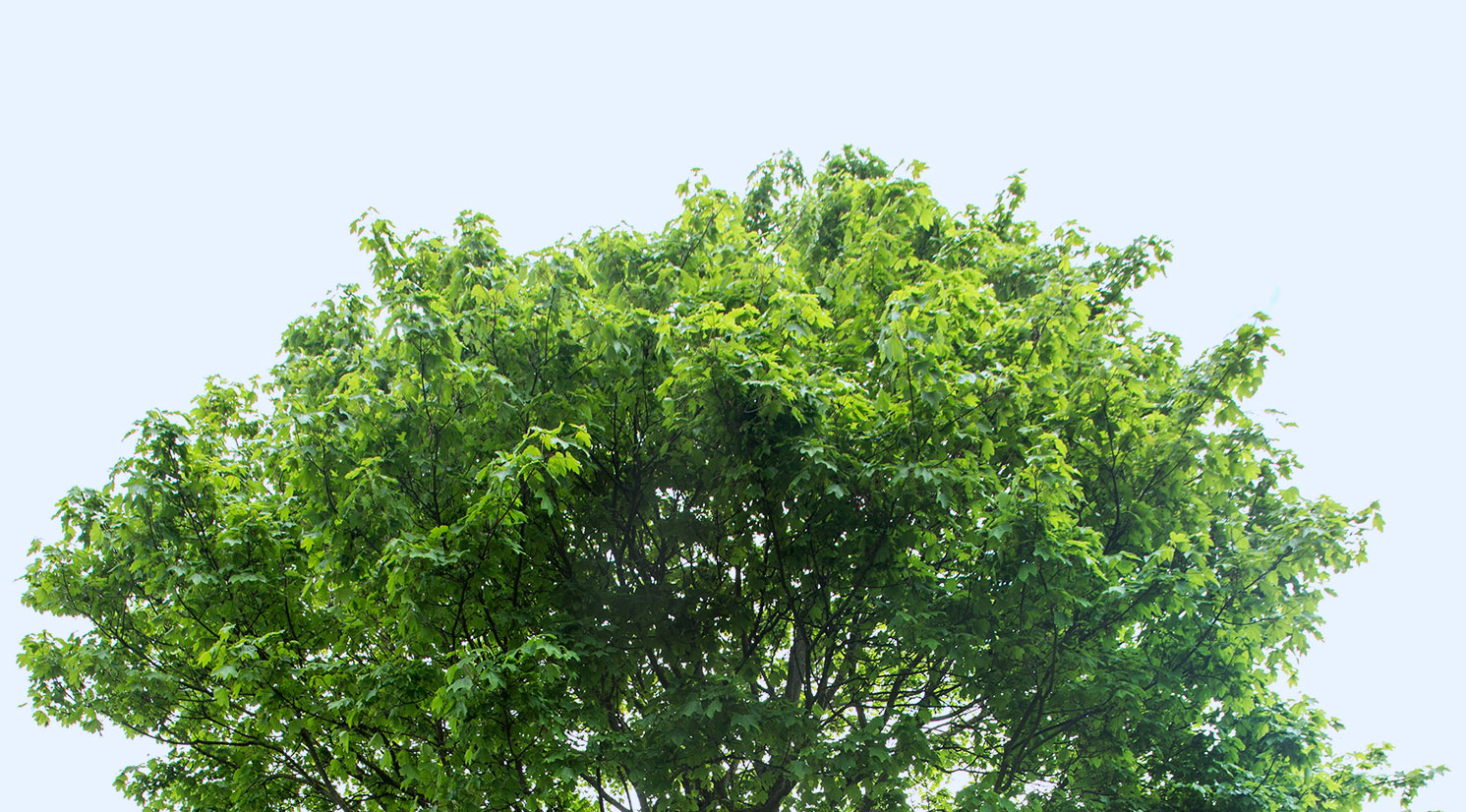Written by Greg Payton, Director of Living Collections
The story of the first known accessioned plant at The Dawes Arboretum is one with an interesting history.
In 1918, a Babylon weeping willow (Salix babylonica) was planted south of Beman and Bertie Dawes’ home, which they called DaweswoodTM. Another tree from the same lineage was seen in Paris, France by Mary Gates Dawes (the mother of Dawes’ founder, Beman Dawes). In a letter dated April 12, 1911, Mary writes, “Yesterday we went out to Fontainebleau. We saw a piece of weeping willow that was taken from over Napoleon’s grave. It was with a piece of his first coffin in which he lay for twenty years. And now listen my children, the little weeping willow in my side yard is a great-grandchild of that same willow! In 1854, Nahum Ward [a prominent early settler of Marietta, Ohio] brought the slip from St. Helena and planted them on each side of the entrance to the Mound Cemetery [in Marietta, Ohio]. Before the trees died ‘old man Warren’ had started another tree from one of these.It stood on a terrace on Second Street above Warren and a few years ago I got a branch and started two. I gave one to Aunt Bettie. Mine must be ten or fifteen feet high by now.”
C. Burr Dawes (son of Beman and Bertie) shared that on occasion, Bertie would take cuttings of the “Mother Dawes” weeping willow tree in Marietta. Bertie planted four of these willows on each corner of the stone bridge on their Marietta farm with another one being planted by the brook at the DaweswoodTM.
Napoleon and the Willows
In 1815, after Napoleon’s crushing defeat at Waterloo, the British exiled him to the remote volcanic island of Saint Helena, some 1,200 miles from the west coast of Africa. While here, Napoleon would spend his long days sitting on a bench under the shade of the willows. Prior to his death on May 5, 1821, Napoleon requested to be buried beneath the willows. Around this time, this favorite willow of his was blown over in a gale. Cuttings of this willow were then planted around his gravesite.
Long after Napoleon’s death, sailing ships often visited the island. Visitors to his grave spread cuttings from this tree far and wide to preserve this piece of history. In 1840, his body was exhumed and repatriated to Paris to the Hotel des Invalides.
The Taxonomic Disagreement
Any tree that is grown from a cutting or other asexual (non-seed) propagation of a tree is a clone of that original tree. As a result, all the cuttings from the trees surrounding Napoleon’s grave are the same genetic material and have been referred to as the “Napoleon Willow.” This clone has sometimes been called Salix napoleona or Salix bonanparta but these terms are invalid taxonomically. One could classify it as a cultivar and call it S. babylonica ‘Napoleon’ if it were a selected cultivated variety but since it is raised from multiple individuals of this species on this island, it is distinguished by the common name only.
This particular species of willow is not supposed to be reliably hardy in central Ohio and so we originally believed that this tree might not be true Salix babylonica. The name “weeping willow” has been applied to different species and selection of willow and “Napoleon willow” was being used by many nurserymen who wanted to profit on the memory of Napoleon Bonaparte in the decades following his death. In the early 1980’s, The Arboretum contacted George Argus from the National Herbarium of Canada (one of the premiere willow experts at the time) to review willow vouchers in the herbarium for accuracy. After reviewing, George Argus verified our Napoleon willow to be an accurate representation of Salix babylonica.
The first Dawes Arboretum accession was this tree, planted in 1918. The original tree was removed from its location in 1993. The 75-year lifespan was remarkable for a willow as they are notoriously short- lived. Cuttings from this specimen have been started by The Arboretum on many occasions and there are still three young specimens in the collection. This first accession and possibly one of the first trees planted by The Arboretum’s founders will preserve its history and Dawes family history for many generations.

